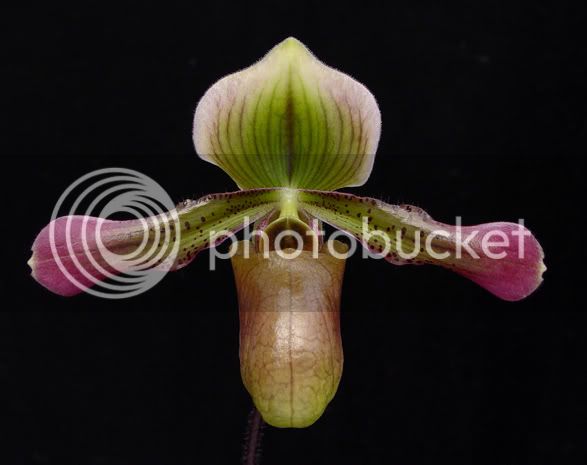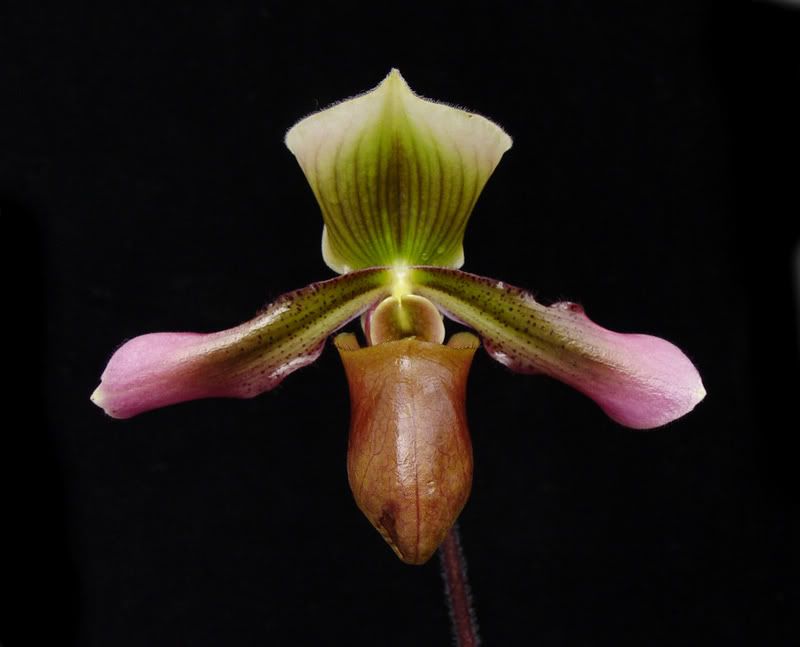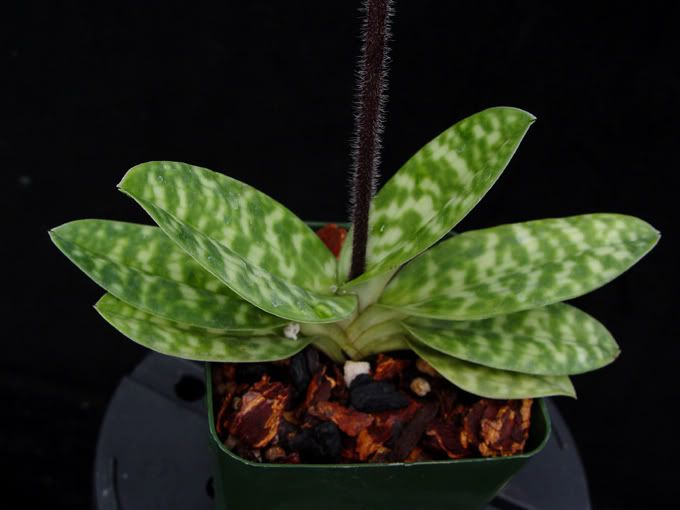B
Billie
Guest
Hello All -
I'm in search of some pollen from paph mohrianum--can not find any here in Australia -does anyone have this plant coming into flower anywhere please ? this plant is almost impossile to self and get vairible seed i've been told . Hope someone can help Thanks
Billie
I'm in search of some pollen from paph mohrianum--can not find any here in Australia -does anyone have this plant coming into flower anywhere please ? this plant is almost impossile to self and get vairible seed i've been told . Hope someone can help Thanks
Billie










